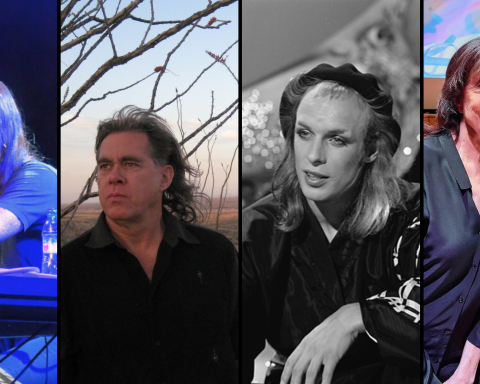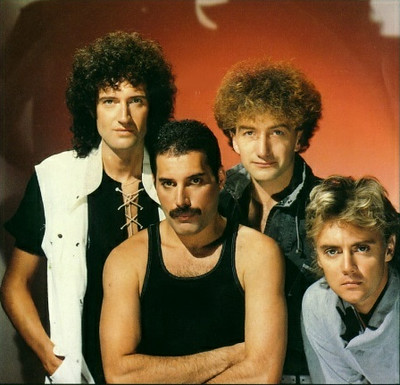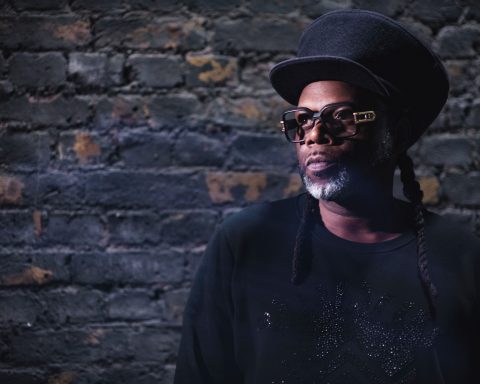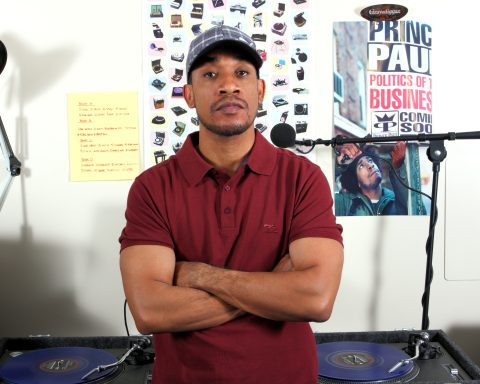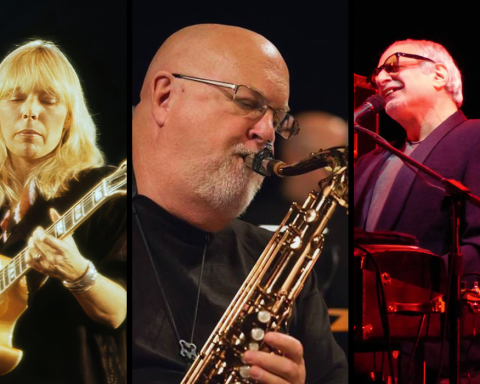Sometimes a song’s intro is so iconic, so cinematic, it transports the listener to a specific time or place within seconds of hearing it. Blondie’s “Heart of Glass,” from their 1978 album Parallel Lines, has one of those lead-ins. Its opening syncopated percussion is like the first drips of a far-off rainstorm, inviting us out onto a mythic ’70s dancefloor. What instrument provided the song’s playful, evocative rhythmic bed? The Roland CR-78.
A Sonic Departure
Influenced by the strains of European dance music, “Heart of Glass” was a departure from Blondie’s oeuvre—one that favored the grittier punk-flecked attack of new wave. Parallel Lines producer Mike Chapman recognized the song’s commercial potential and helped the band refine what had been a disregarded older idea. It turned out to be the perfect showcase for frontwoman Debbie Harry’s unique brand of detached charisma.
Detached Yearning
Harry—of the bleached-out fringe and deadpan delivery—describes the lyrics as “a plaintive moan about lost love.” There’s more happening beneath the surface, however. In addition to its mood of romantic yearning, “Heart of Glass” captures an idealized NYC: a playground of late nights at Studio 54, populous dancefloors, and friendly frivolity. Notably, despite a quick shot of the legendary nightclub, original Top of The Pops producer Stanley Dorfman’s promotional clip wasn’t actually filmed there.
"'Heart of Glass' captures an idealized NYC: a playground of late nights at Studio 54, populous dancefloors, and friendly frivolity."
The Beat at the Heart
Atop the CR-78 pattern, drummer Clem Burke added a propulsive, open hi-hat driven backbeat. A rocker to the core, Burke was initially wary of the disco-leaning approach Chapman suggested but soon came around. Still, the lasting appeal of “Heart of Glass” isn’t relegated to the hips. It also contains hints of Blondie’s crack musicianship. Witness the way the song skillfully weaves through a middle section in 7/8 time before returning, refreshed, to its primary groove.
The CR-78 contributed more than just the song’s tropical cadence. The drum machine also sent a trigger pulse to synths in the studio, creating the stuttering keyboard motif central to “Heart of Glass.” Keyboardist Jimmy Destri—who initially brought the CR-78 to the sessions—also utilized a Roland SH-5 in creating the rich atmosphere of “Heart of Glass.”
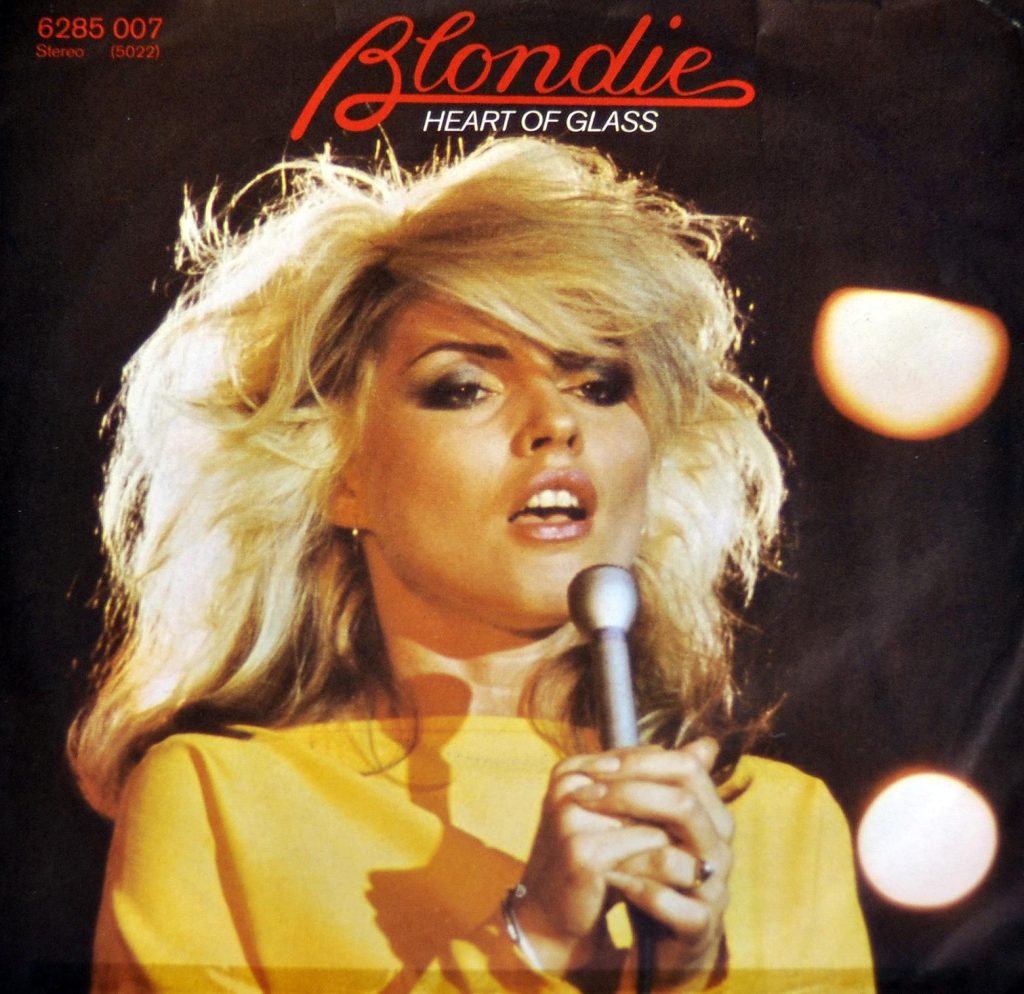
Crest of the New Wave
Chapman’s instincts proved to be right on the money. Literally. The song reached number one in the US and UK, eventually moving over a million copies per country. Blondie rose to superstardom on the crest of the new wave, and Harry became one of the movement’s most recognizable faces. The band went on to score numerous hits, including “Dreaming,” “Rapture,” and “The Tide is High.”
"The CR-78's soft pattern manages to convey the sound of emotionally removed desire like nothing else."
Still, for many, this strobe-light-drenched lover’s lament remains the group’s defining moment. And as for the drum machine that kicks off the tune, it wasn’t the CR-78’s only chance to shine—not by a longshot. In addition to Blondie, Peter Gabriel, Phil Collins, and scores of other hitmakers employed the lowkey beatmaker on classic recordings. Its soft pattern manages to convey the sound of emotionally removed desire like nothing else.



